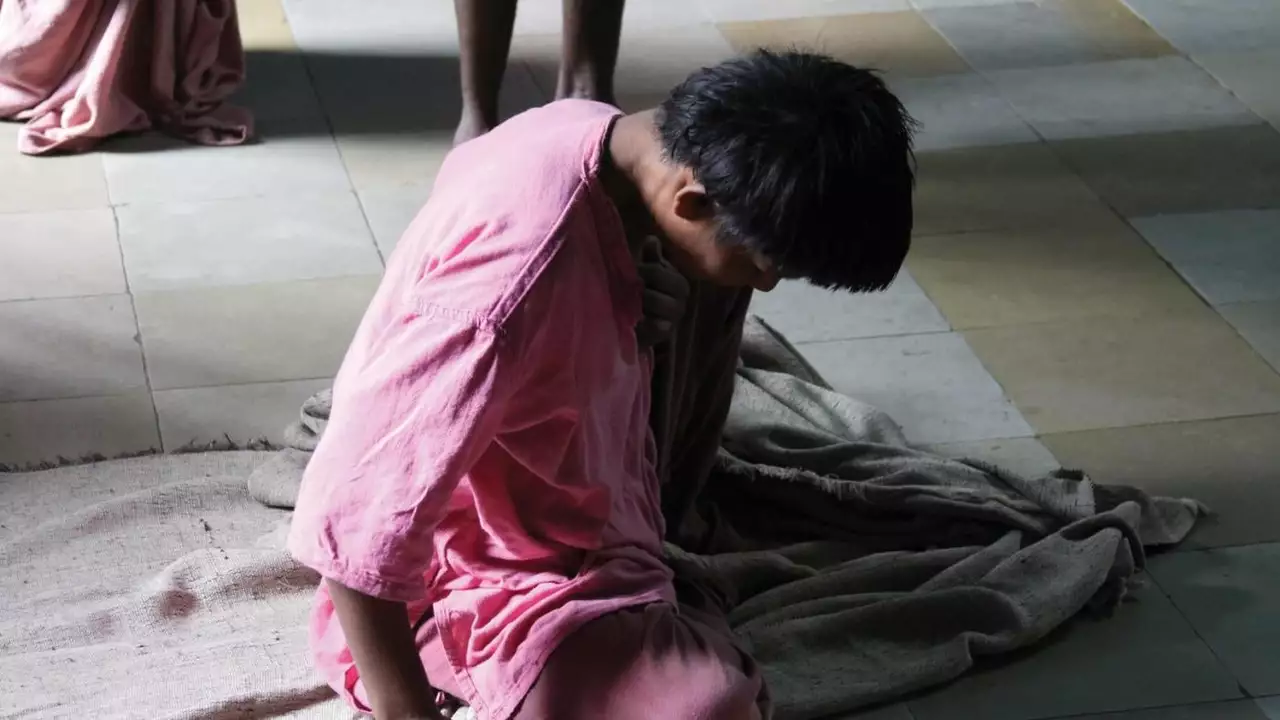Mental Health and Human Rights News – India’s Current Landscape
Ever wonder why headlines keep mentioning people with mental illnesses being sent to custodial homes? It’s not just a story; it’s a symptom of a deeper problem in how we treat vulnerable citizens. In India, the line between care and confinement blurs, and the fallout hits families, communities, and the nation’s human‑rights record.
When you hear about a mentally ill person being moved to a government shelter, what’s really happening? Often, families lack affordable treatment options, so the quickest fix feels like sending them somewhere the state already runs. That might sound like a solution, but it strips the person of their dignity, limits access to proper therapy, and can even worsen their condition.
Why Shifting Mentally Ill to Custodial Homes Is a Concern
First, custodial homes aren’t hospitals. They’re designed for short‑term holding, not long‑term recovery. Without qualified mental‑health professionals on staff, patients miss out on medication management, counseling, and social support. This neglect turns a health issue into a rights violation.
Second, the environment often feels imprisoning. Locked doors, limited personal space, and a lack of privacy can trigger anxiety or aggression, making it harder for anyone to heal. The United Nations’ Convention on the Rights of Persons with Disabilities (CRPD) stresses the right to live independently and be included in community life – something custodial homes rarely provide.
Third, families suffer financially and emotionally. Shipping a loved one to a distant shelter means transport costs, loss of daily caregiving, and the anxiety of not knowing their condition day‑to‑day. Many families end up feeling guilty, as if they failed their relative by choosing an institutional route.
What Can Be Done to Protect Rights and Improve Care
One practical step is expanding community‑based mental‑health services. When local clinics have affordable counseling, medication, and crisis hotlines, families don’t have to resort to custodial homes as the only option. Governments and NGOs can partner to train community health workers, ensuring basic support is available even in remote areas.
Another approach is enforcing existing laws that protect the rights of persons with mental illnesses. The Mental Healthcare Act, 2017, already mandates that patients receive care in the least restrictive setting. Activists can push for stricter monitoring of custodial homes, ensuring they meet minimum standards or, better yet, transition to therapeutic community centers.
Public awareness also plays a huge role. When neighbors, teachers, and employers understand that mental illness isn’t a moral failing, stigma drops, and people are more likely to seek help early. Simple campaigns—posters in local languages, radio spots, short videos—can demystify treatment and encourage families to ask for professional help rather than defaulting to institutional placement.
Finally, technology can bridge gaps. Telepsychiatry platforms let patients connect with psychiatrists from home, cutting travel costs and waiting times. Mobile apps that track medication adherence and provide coping strategies empower individuals to manage their health daily.
Bottom line: shifting mentally ill individuals to custodial homes isn’t a permanent fix; it’s a warning sign that our mental‑health system needs serious upgrades. By boosting community services, enforcing rights‑based laws, raising awareness, and leveraging tech, we can move toward a future where every person gets the care they deserve without losing their freedom.
Stay tuned to our Mental Health and Human Rights News section for the latest updates, policy changes, and real‑life stories that show how India is tackling these challenges. Your awareness can spark change—so keep reading, share the facts, and join the conversation.
Don't shift mentally ill to custodial homes - India News?
As a blogger, I feel compelled to address the pressing issue of shifting mentally ill individuals to custodial homes in India. It is disheartening to see that instead of providing proper medical treatment and care, our society often resorts to isolating these vulnerable individuals. This not only exacerbates their condition but also violates their basic human rights. It is high time we, as a society, demand better mental health care facilities and resources for our fellow citizens. Let's work together to change this narrative and ensure a better life for those battling mental illnesses.
